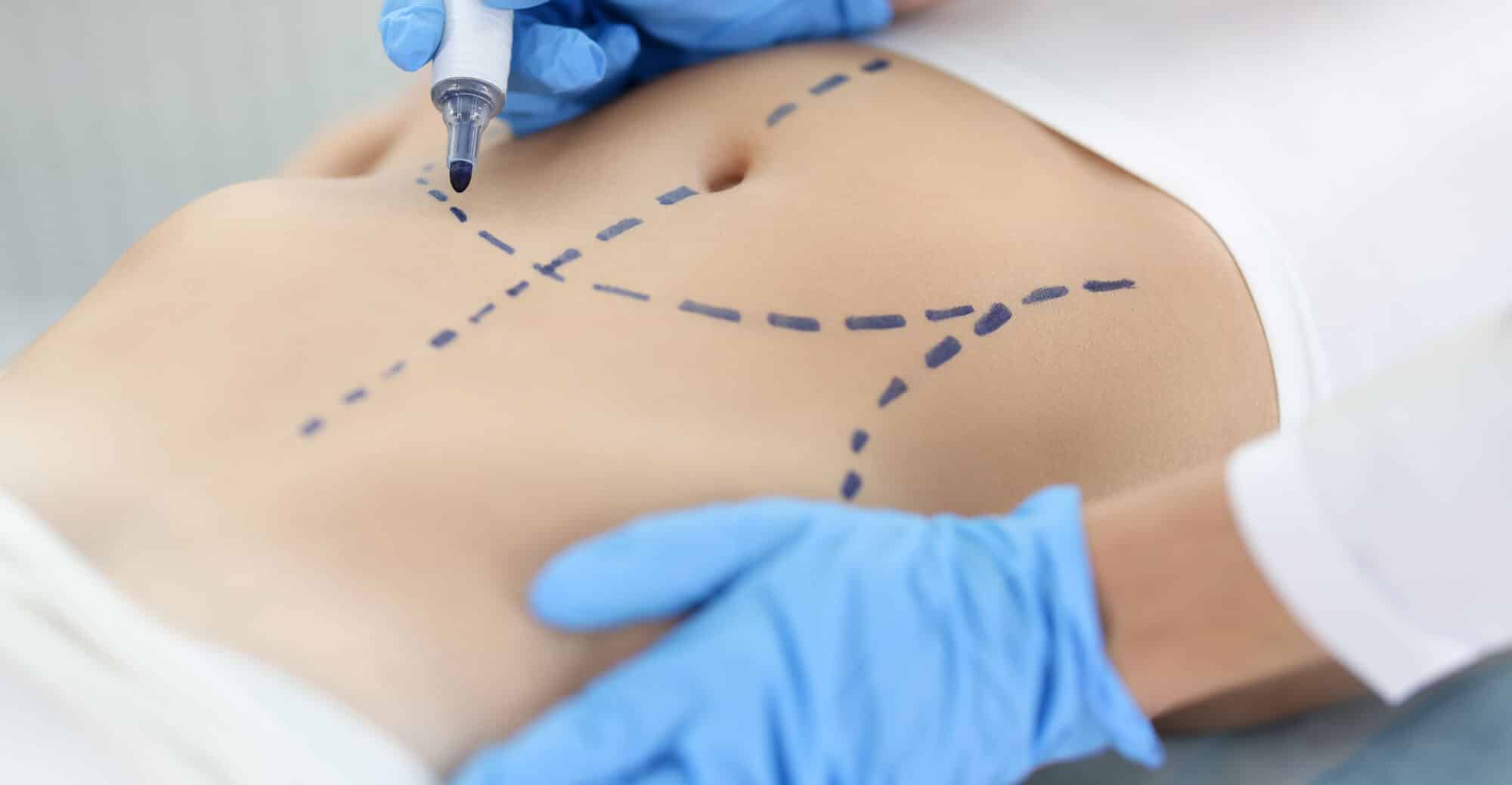Nobody is as excited as our team at Legacy Plastic Surgery and Aesthetics about the ever-expanding marketplace of cutting-edge aesthetic procedures.
However, just like hitting the cereal aisle after a long hiatus (milkflation—what are you gonna do?), it’s sometimes tricky to stay up to date with the wealth of aesthetic procedures out there, including learning the differences between BodyTite and liposuction.
But never fear, because this guide will cover everything you need to know about how these two highly sought after treatments work, including how they’re different and where they overlap in terms of application, prep and aftercare, and more.
How Does BodyTite Work?
BodyTite is a sophisticated contouring procedure that can be summarized as a form of skin tightening often accompanied by liposuction, though this is a bit of an oversimplification. While BodyTite can produce results similar to liposuction, it relies on different mechanisms.
In this procedure, a special probe is inserted through a small incision in the target area, where it then releases radiofrequency energy. This energy essentially melts the fat cells in the area, facilitating their removal via liposuction and/or natural passage through the body.
This method carries two additional benefits with it: stimulating collagen activity and tightening the skin. This allows for a more complete result than liposuction alone, leaving the area looking naturally leaner with a lower risk of sagging skin.
How Does Liposuction Work?
The general framework for every type of liposuction procedure is the same: break up fat cells and extract them from the targeted area with a tube-like device called a cannula. That said, there are several approaches available, most of which differ in how they execute the first step of breaking up fatty tissue to facilitate removal.
For example, power-assisted liposuction (PAL) uses vibration to break the fatty tissue up, where laser and ultrasound liposuction use those kinds of energy to do the same. In any case, the result is a leaner appearance of the treated area after the stubborn fat deposit is greatly reduced.
Key Differences Between BodyTite and Liposuction Procedures
While BodyTite and liposuction can produce similar results in many cases, and are often applied to the same areas (thighs, stomach, chest, etc.), they differ considerably in many key areas, including invasiveness, technique, recovery, and more.
Keep in mind that both procedures have variations; this breakdown is meant for general information purposes. As always, consulting with our expert plastic surgeons will increase your understanding of these procedures and your eligibility for them. With this considered, this is how BodyTite and liposuction differ:
Methodology
BodyTite uses radiofrequency energy to kill fat cells, while liposuction uses the movement of the cannula and/or other energy types as mentioned (ultrasound, laser, etc.) to break up fat cells prior to removing them.
For those concerned about sagging skin before or as a result of the procedure, BodyTite is often the more attractive option because of the ability of radiofrequency energy to tighten the skin while promoting collagen production.
In many cases, the fat cells targeted by BodyTite are then removed via liposuction.
Fat Loss Potential
While it can vary based on each patient’s case, including the area treated, liposuction is generally able to remove more fatty tissue than BodyTite alone.
It’s important to understand that neither treatment is meant to remove 10s of pounds of body fat, but rather they offer a way of targeting smaller, stubborn areas of fat that respond poorly to diet and exercise. Expect to lose between 3 and 10 pounds of fat with liposuction, with or without BodyTite.
Skin Tightening Ability
Liposuction by itself doesn’t produce a skin-tightening effect. In some cases, the skin’s natural elasticity will be enough to accommodate the reduced volume of the targeted area after treatment. However, in other cases, the skin may have a loose, sagging appearance after the treatment.
This is where BodyTite really stands out. Thanks to the use of radiofrequency energy, BodyTite is able to both reduce fat and tighten the skin to prevent the above issue.
Invasiveness
While liposuction can generally remove larger deposits of fat than BodyTite alone, it often requires larger incisions and general anesthesia.
In comparison, the incisions required for BodyTite are generally smaller, and most patients will only need local anesthesia to tolerate the treatment comfortably.
Recovery
Providing hard numbers recovery-wise is difficult when speaking to a broad audience, but keeping things general, liposuction recovery is longer and somewhat more intensive than BodyTite recovery.
Generally, liposuction patients can expect to miss work for roughly one to two weeks, while swelling and other signs of an ongoing healing process can take as long as six to twelve weeks to resolve.
Hard downtime (e.g., missing work) with BodyTite is usually less than a full week, though most patients will still be restricted from vigorous exercise for at least four to six weeks.
Achieve Stunning Results with Legacy Plastic Surgery of Exton and West Philadelphia, PA
Proudly serving Paoli, Exton, and West Philadelphia, PA with frontier-leading aesthetic treatments for nearly 40 years, our award-winning surgeons are here to partner with you in creating the change you want to see.
Dr. Kim and Dr. Wingate have both been awarded for their research and practice in high-demand areas of cosmetic surgery, and are backed by a friendly and knowledgeable staff.
As your BodyTite and/or liposuction provider, we work for you, keeping your vision at the center of every tailor-made treatment until you’ve achieved a total transformation.
Contact us today for a consultation, and we’ll customize a treatment plan just for you!



